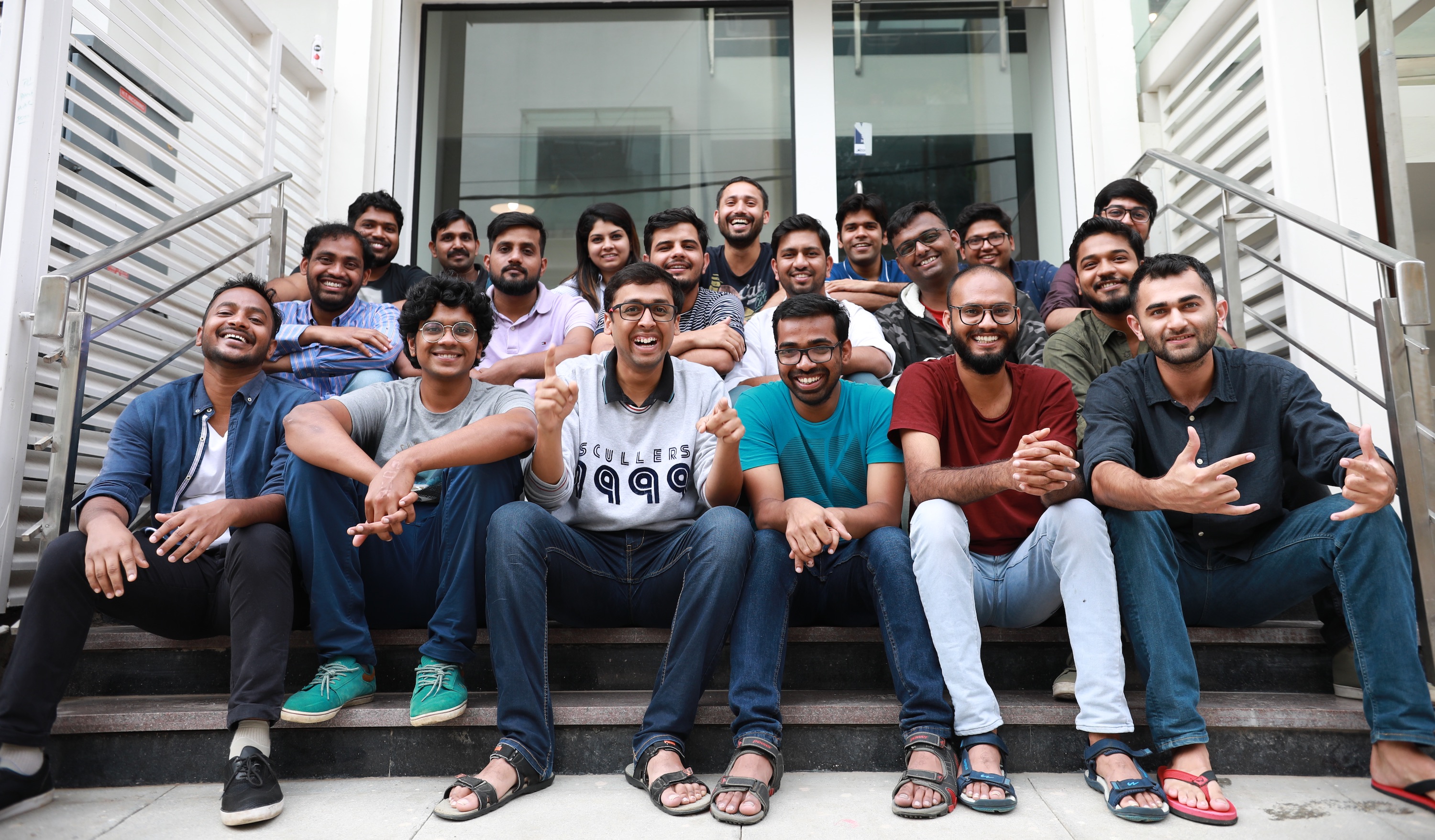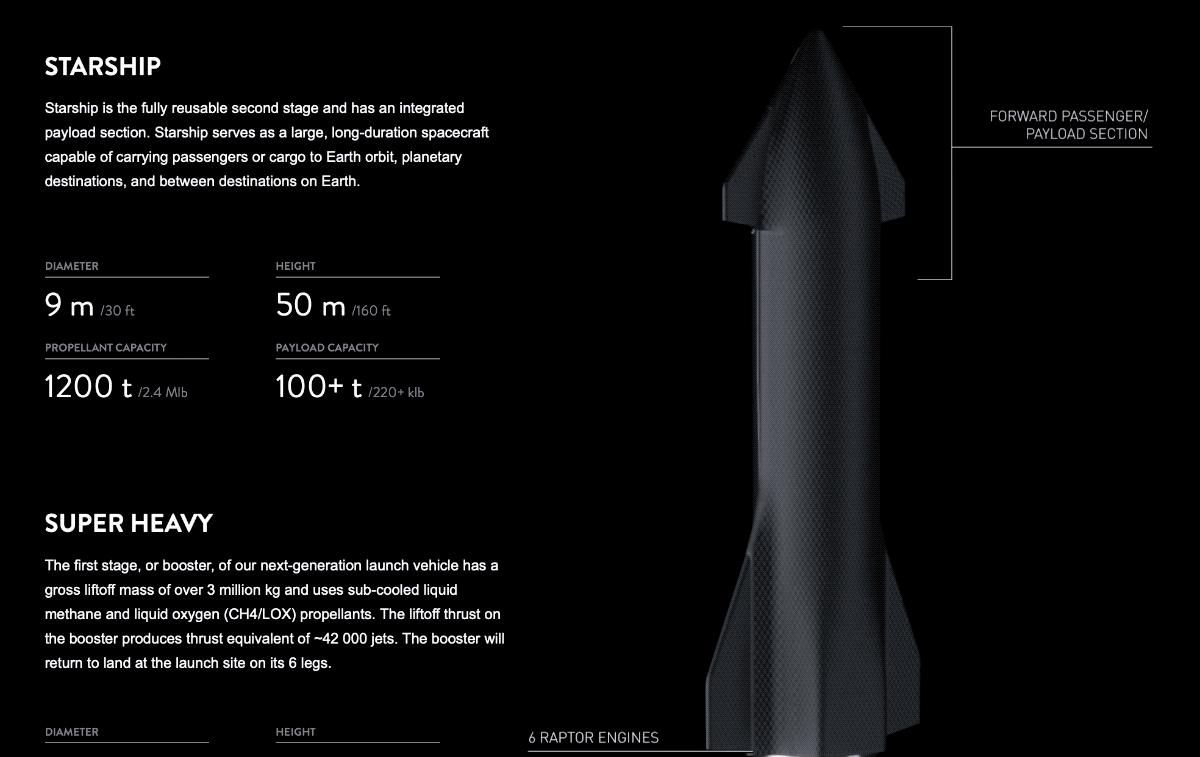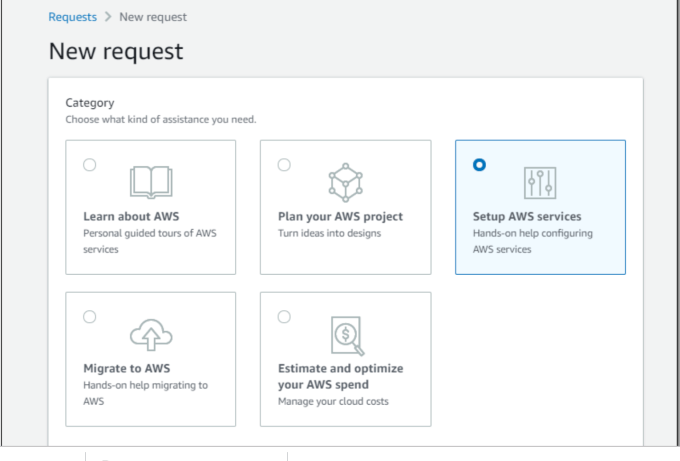Adam Neumann’s fall from grace was astonishingly swift once his company, WeWork, filed to go public in August. Even while his spending was fairly well-documented across time (as were his apparent conflicts of interest), he was humiliated for enriching himself, then ultimately kicked out of the corner office before the company, in the least surprising turn of events in recent weeks, today yanked its S-1 registration.
Neumann never exactly hid who he is or how he operates, so what suddenly sparked the ire of reporters — and investors — around the world? What, exactly, in an ultimately unsurprising IPO filing had people coughing up their morning coffee? Boiled down to the worst offense (including selling his own company the trademark “We” for $5.9 million in stock) was very likely the lock on control that Neumann had set up through a multi-class voting structure that aimed to cement his control. And by ‘cement,’ we mean he would enjoy overwhelming control for not just for 5 or 10 years after the company went public but, unless Neumann sold a bunch of of his shares, until his death or “permanent incapacity.”
Given that Neumann is just 40 years old and (mostly) abstains from meat, that could have been an awfully long time. Yet this wasn’t some madcap idea of his. There are plenty of founders who have or who plan to go public with dual or multi-class shares designed to keep them in control until they kick the bucket. In some cases, it’s even more extreme that that.
Consider at Lyft, for example, Logan Green and John Zimmer hold high-voting shares entitling them to twenty votes per share not until each is dead but both of them. If one of them dies or becomes incapacitated, Lyft’s so-called sunset clause enables the remaining cofounder to control the votes of the deceased cofounder. Even more, after the lone survivor bites the dust, those votes still aren’t up for grabs. Instead, a trustee will retain that person’s full voting powers for a transition period of 9 to 18 months.
The same is true over at Snap, where cofounders Evan Spiegel and Bobby Murphy have designated the other as their respective proxies. Accordingly, when one dies, the other could individually control nearly all of the voting power of Snap’s outstanding capital stock.
Unbelievably, that’s not the worst of it. Many dual class shares are written in such a way that founders can pass along control to their heirs. As SEC Commissioner Robert Jackson, a longtime legal scholar and law professor, told an audience last year, it’s no academic exercise.
You see, nearly half of the companies who went public with dual-class over the last 15 years gave corporate insiders outsized voting rights in perpetuity. Those companies are asking shareholders to trust management’s business judgment—not just for five years, or 10 years, or even 50 years. Forever.
So perpetual dual-class ownership—forever shares—don’t just ask investors to trust a visionary founder. It asks them to trust that founder’s kids. And their kids’ kids. And their grandkid’s kids. (Some of whom may, or may not, be visionaries.) It raises the prospect that control over our public companies, and ultimately of Main Street’s retirement savings, will be forever held by a small, elite group of corporate insiders—who will pass that power down to their heirs.
Why public market investors haven’t pushed back on such extremes isn’t clear, though they’re far from an homogenous group, of course. Surely, some aren’t aware of what they’re agreeing to when they’re buying shares, given that dual-class structures are far more prevalent than they once were. Other investors may plan to churn out of the shares so quickly that they’re uninterested in a company’s potential governance issues later in time.
A third possibility, suggests Jay Ritter, who is a professor of finance at the University of Florida and an I.P.O. expert, is that even with dual-class structures, shareholders have legal rights that limit that ability of an executive who has voting control to do anything he or she wants. Further, the board of directors, including the CEO, has a fiduciary duty to maximize shareholder value.
Says Ritter, “I don’t think it’s accidental that with the We Company, the board of directors let [Neumann] get away with various things, and as it was transitioning to a public company, a lot of [outside participants] pushed and said, ‘This is a company where we’re worried about corporate governance and we’re willing to apply a big discount to people with inferior voting rights.'”
Of course, some investors believe visionary founders should be left to control their companies as long as they wish because, in the case of Alphabet and Facebook specifically, their founders have produced asymmetric returns for many years. But we’re still fairly early into this experiment. Do we really want more situations like we saw with Sumner Redstone of Viacom, with trials over founders’ mental capacity playing out in the media?
For his part, Alan Patricof — the renowned venture capitalist who founded the private equity firm Apax Partners before cofounding the venture firm Greycroft — say he isn’t looking forward to that future. Instead, he think it’s time the exchanges that list these companies’ shares do something about it. “I”m not holier than thou in this industry,” says Patricof, “but if you want to be a publicly traded company, you should act like a public company.” To Patricof, that means one vote for one share — period.
There’s a precedent for intervention. Patricof notes that dual-class stock first emerged in 1895 and by that 1926, there were 183 companies with such stock. It became so widespread, that the New York Stock Exchange banned the use of non-voting stock until 1956, when it made changed its rules for the Ford Motor Company, which granted only partial voting rights to new shareholders. In the ensuing years, few companies took advantage of dual-class listings until Google bounded onto the scene and now, 15 years after its IPO, it’s like 1926 all again.
Indeed, while Patricof is sympathetic to the argument that founders might need protection for a few years after an IPO, things have gone way too far, in his estimation, and he thinks the best solution would be for the NYSE and Nasdaq to meet for lunch and decide to ban multi-class shares again.
There aren’t a lot of other options. VCs aren’t going to force the issue by turning away founders with whom they want to work. Neither are bankers or large institutional investors like mutual funds; they’ve also shown they’re more than happy to look the other way if it means money in their pockets. “I could be wrong,” says Patricof, “but I don’t think it would that tough for [the big exchanges] to impose a ban that keeps founders from wielding so much power at the expense of the company’s other shareholders.”
Given how fiercely competitive the exchanges are, it’s certainly hard to imagine, this meeting of the minds. But the only other plausible path back to a saner system would seemingly be the Securities & Exchange Commission, and it seems disinclined to do anything about the issue.
Indeed, while Commissioner Jackson has advocated for change, SEC Chairman Jay Clayton would clearly prefer to leave well enough alone. After the S&P Dow Jones Indices and another major index company, FTSE Russell, decided to ban all companies with multiple classes of stock a couple of years ago — they’re uncomfortable with forcing popular index funds to buy stakes in companies that give investors little say in corporate decisions — Clayton reportedly called the moves “governance by indexation” at a conference.
He’s worried that the indexes are being heavy-handed. On the other hand, something has to give, and a lot of market participants might rather see companies being forced to do abandon dual-class shares — or, at least, forced to dismantle their multi-class structures after a fixed period — to watching those with with unchecked power get broken into pieces afterward.
The reality is that neither WeWork, nor Neumann, are not the zany outliers they’ve been made to seem. They’re very much a product of their time, and if public market shareholders don’t want to see more of the same, something has to be done. It might be incumbent on the exchanges to do it.
from TechCrunch https://ift.tt/2oJUNlW
via IFTTT



